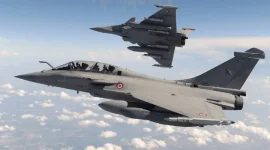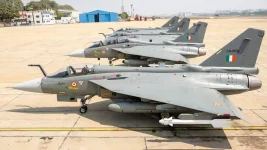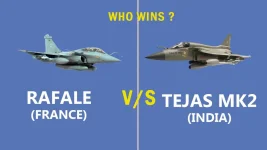- Views: 6K
- Replies: 53

The Indian Air Force (IAF) is likely to miss its target of adding nine new squadrons to its fleet by 2025-26, despite ongoing efforts to address its fighter jet deficit.
The original plan was to induct nine additional squadrons, but only two squadrons of Rafale fighter jets and one squadron of the Tejas Mk1A are confirmed for induction at this time. The delivery of the Tejas Mk1A has been hampered by production challenges, further hindering the IAF's plans.
Hindustan Aeronautics Limited (HAL), the manufacturer of the Tejas Mk1A, has committed to delivering at least six more aircraft by mid-2025, with another squadron's worth to follow in 2026. This development is positive, but even with these deliveries, the IAF will still be short of its target.
The IAF currently needs approximately 108-120 fighter jets to fill its squadron deficit. Even with the planned addition of 12 Su-30MKI aircraft over the next three years, the gap remains considerable.
In an attempt to partially bridge the gap, the IAF is reportedly negotiating with Qatar to acquire 12 used Mirage-2000-5 fighter jets. While this could offer a short-term solution, it doesn't address the long-term need for a modern and robust fighter fleet.
The situation could improve after 2026. If HAL can produce 16 Tejas Mk1A fighter jets annually as promised, the IAF could form one new squadron each year, making significant progress towards resolving its fighter jet shortage.
The IAF's current challenges underline the complexities associated with modernizing a large and intricate air force.
Though the induction of new Rafale and Tejas Mk1A squadrons marks advancement, delays and production shortfalls are creating obstacles. To achieve its long-term goal of a fully modernized fighter fleet, the IAF will need to maintain a strong focus on indigenous production and strategic procurement initiatives.



